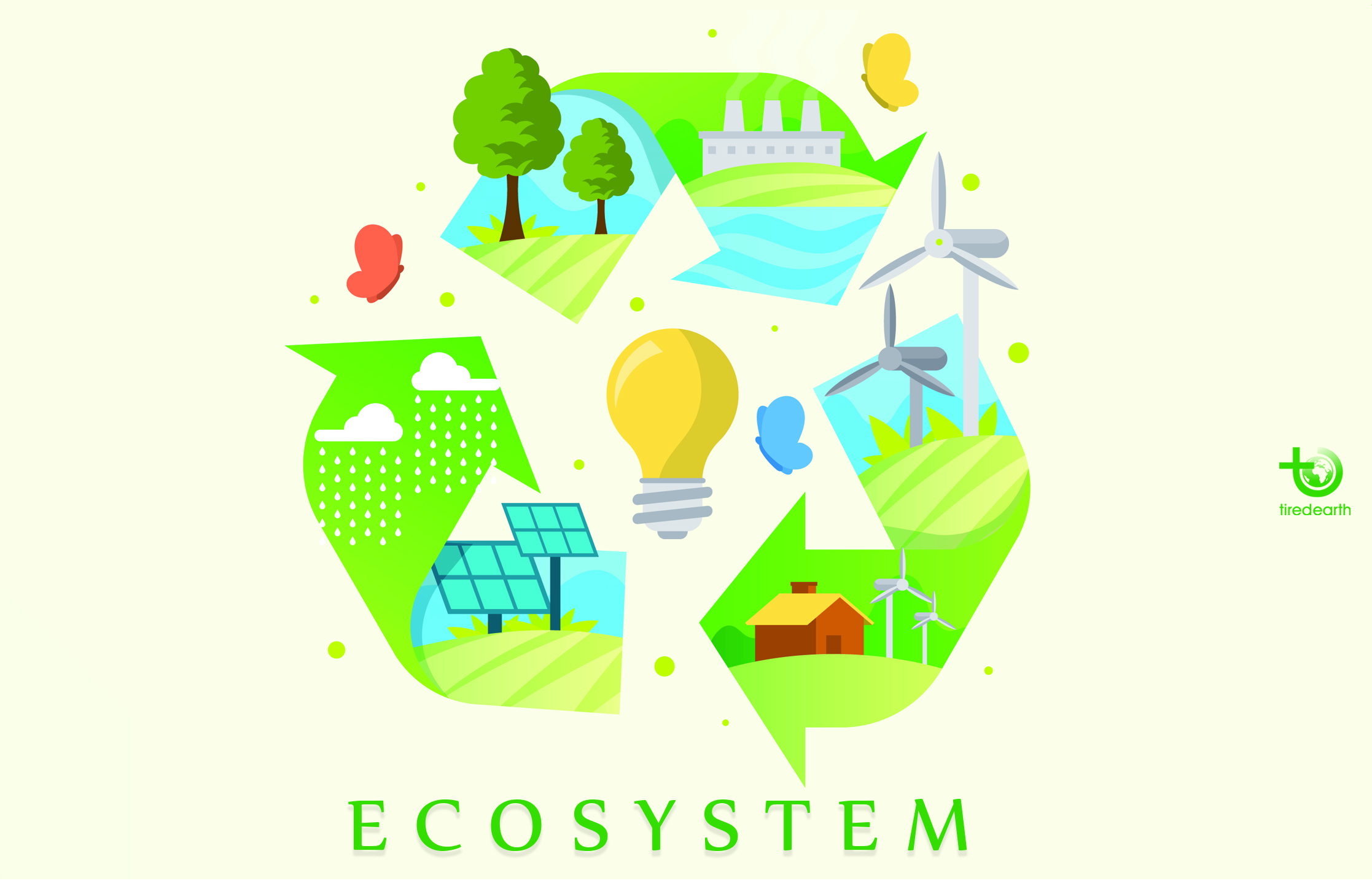Biotic components of ecosystem
Biotic components are the living things that have a direct or indirect influence on other organisms in an environment. Some of these factors include plants, animals, as well as fungi and bacteria. These biotic components can be further classified, based on the energy requirement source. Producers, consumers, and decomposers are the three broad categories of biotic components.
Producers
Producers are the plants, green algae, etc in the ecosystem include all the autotrophs. They generate their own energy requirement through photosynthesis, in the presence of sunlight and chlorophyll. All other living beings are dependent on plants for their energy requirement of food as well as oxygen.
Consumers
These include all the heterotrophs that directly or indirectly depend on producers for their food. Consumers are further categorized as herbivores, carnivores, omnivores. The herbivores are the living organisms that feed on plants. Carnivores eat other living organisms. Omnivores are animals that can eat both plant and animal tissue.
Decomposers
Fungi and certain bacteria are the prime representatives of this category, which are the saprophytes. They feed on the decaying organic matter and convert this matter into nitrogen and carbon dioxide. The saprophytes play a vital role in recycling the nutrients so that the producers i.e. plants can use them once again.
Abiotic components
The abiotic elements of an ecosystem include all the non-living things in an environment. They include the water, the air, the temperature and the rocks and minerals that make up the soil. Abiotic components of an ecosystem might include how much rain falls on it, whether it is fresh water or salt water, how much sun it gets or how often it freezes and thaws. The biotic components of the ecosystem both live on and interact with the abiotic components. There are two kind of abiotic compounds: organic and inorganic. The organic components of an ecosystem are proteins, carbohydrates, lipids and amino acids, all of which are synthesized by the biota (flora and fauna) of an ecosystem and are reached to ecosystem as their wastes, dead remains, etc, The climate, temperature, light, soil, etc., are other abiotic components of the ecosystem. The inorganic components of an ecosystem are carbon dioxide, water, nitrogen, calcium, phosphate, all of which are involved in matter cycles.


.jpg)
